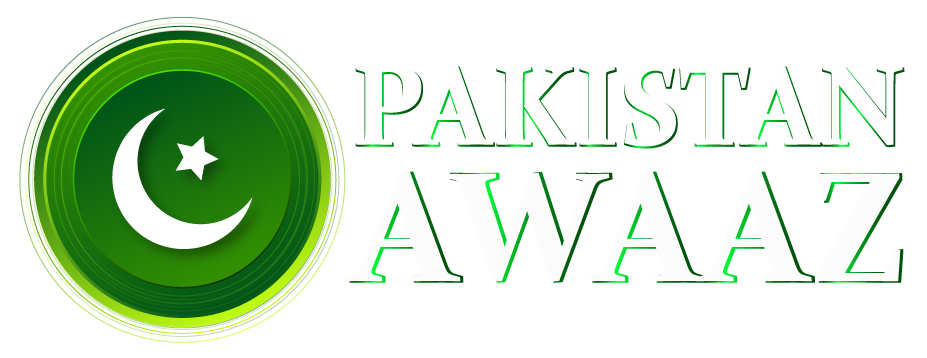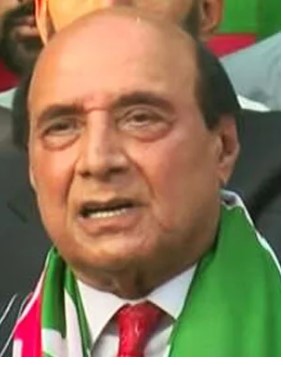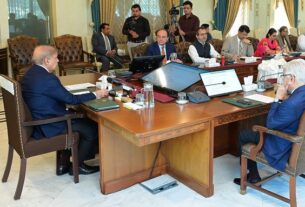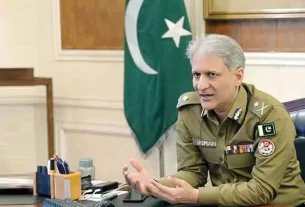1. PTI’s Political imran khan
The Tehreek-e-Insaf (PTI), led by Imran Khan, has been a major player in Pakistani politics for many years, but the party did not get very close to forming a fully-controlled government until the 2018 elections. This was a pivotal point in Pakistan’s political history because the PTI’s platform of accountability, change, and anti-corruption resonated with a broad range of voters, especially the youth. Pti political administration decision in 2018 elections.
Latif Khosa, a renowned legal and political analyst, has closely tracked the PTI’s ascent to power. Khosa claims that PTI’s approach of assembling coalitions, making use of digital media, and sensing public opinion was crucial in moving the party closer to establishing a stable administration. But the difficulties PTI encountered, both internal .
2. Tehreek-e-insaf’s Development
a. Imran Khan’s Early Political Challenges
After its founding in 1996, Tehreek-e-Insaf faced difficulties in the political sphere. Even with his notoriety as a cricket player and his audacious anti-corruption stance, Imran Khan’s party failed to make a meaningful impact on Pakistani politics. The Pakistan Muslim League (PML) and the Pakistan People’s Party (PPP) dominated the political landscape during the PTI’s early years, with little electoral triumphs to show for the party.
Over time, the PTI’s unwavering advocacy on matters of corruption, governance, and economic reform started to strike a chord with Pakistan’s growing middle class, especially the younger generation. The party’s steadfast “Naya Pakistan” platform promised an end to the pervasive corruption and nepotism that afflicted earlier governments.
3. 2018 General Elections: PTI’s Significant Victory
For PTI, the 2018 general elections marked a turning point. PTI gained 149 seats in the National Assembly to become the biggest political party there after years of cultivating a devoted supporter base. Despite not achieving a simple majority, PTI’s victory brought about a significant change in Pakistan’s political environment. It was evident that PTI had successfully tapped into Pakistani voters’ resentment to create a winning political formula.
According to Latif Khosa’s opinion, PTI’s victory in 2018 was largely due to its capacity for coalition building and deft political manoeuvring. PTI’s efforts to forge coalitions allowed it to form a government with Imran Khan as prime minister, even though it did not win an absolute majority.
4. Analysis by Latif Khosa: Why PTI Was Near,
a. Political Alliances’ Function
Latif Khosa underlined that PTI’s strategic partnerships played a vital role in the party’s almost successful attempt to build a majority government in 2018. Without forging coalitions, it is nearly hard for any one party to obtain a simple majority in Pakistan’s broken political environment. The PTI’s ascent to power was largely facilitated by its capacity to form alliances with smaller political groups like the PML-Q (Pakistan Muslim League – Quaid) and the MQM (Muttahida Qaumi Movement).
Khosa did, however, note that although these relationships were advantageous in the short run, PTI faced difficulties as a result of them. In order to keep a coalition government cohesive, important policy objectives frequently had to be compromised. This made it harder for PTI to carry out some of its most ambitious changes, especially when it came to steps to combat corruption and economic policies.
5. Public Opinion and PTI’s Call for Reform
Latif Khosa thinks that the PTI’s success was also influenced by its capacity to capitalize on the public’s mounting dissatisfaction with the established political class. Dynastic politics, with the PPP and PML-N alternately holding power, have long dominated Pakistan’s political scene. PTI offered voters a way to reject the established quo by presenting itself as a novel alternative.
Khosa observed that younger people responded favorably to PTI’s messaging, especially when it came to transparency and anti-corruption measures. PTI’s appeal was additionally reinforced by Imran Khan’s personal reputation as an honest leader. Khan promised a new course for Pakistan and marked a break from the past for many voters.
6. PTI’s Challenges in Establishing a Complete Government
a. Economic Difficulties and the Application of Policy
PTI encountered many difficulties while in administration, especially in the area of economic policy, despite its early success. While PTI’s anti-corruption campaign struck a chord with people, Latif Khosa noted that the party found it difficult to fulfill its commitments while in power. When PTI came to power, Pakistan’s economy was already in trouble due to soaring inflation, a widening budget deficit, and the requirement for an IMF bailout.
A number of economic changes were carried out by the PTI government in an effort to stabilize the economy, although results were patchy. Numerous structural problems with Pakistan’s economy, such inadequate tax collection and large public debt, proved difficult to fix. Public unhappiness increased as a result, and PTI’s capacity to rule effectively came under scrutiny.
7. Internal Conflict and Political Opposition
Strong opposition from other political parties, especially the PPP and the PML-N, was another issue the PTI had to deal with. By leveraging their clout in the Senate and other institutions to obstruct important legislation, both parties attempted to undermine PTI’s government at every opportunity. Because of this, PTI found it challenging to carry out its reforms and keep its campaign pledges.
PTI also had internal conflict within its own ranks. PTI had to weigh the interests of its several partners as a coalition administration, which frequently resulted in disagreements over the course of policy. PTI’s ability to rule efficiently undermined by this division, and it gave the impression that the party couldn’t keep its promises.
8. Prospects for PTI’s Future Development:
a. Strengthening Public Support
Latif Khosa thinks the PTI Tehreek e insaf still has a lot of potential going forward, despite the difficulties it encountered while in office. One of PTI’s most important resources continues to be its broad base of support, especially among young people in Pakistan. PTI can continue to draw in voters dissatisfied with the established political class by concentrating on subjects like economic reform, transparency, and anti-corruption.
Khosa stressed that in order to ensure future election victory, PTI Tehreek e insaf must keep improving its programs and expanding on its accomplishments. The party may be able to build a stable government in upcoming elections if it can solve some of the economic issues it encountered during its first term and produce noticeable outcomes.




